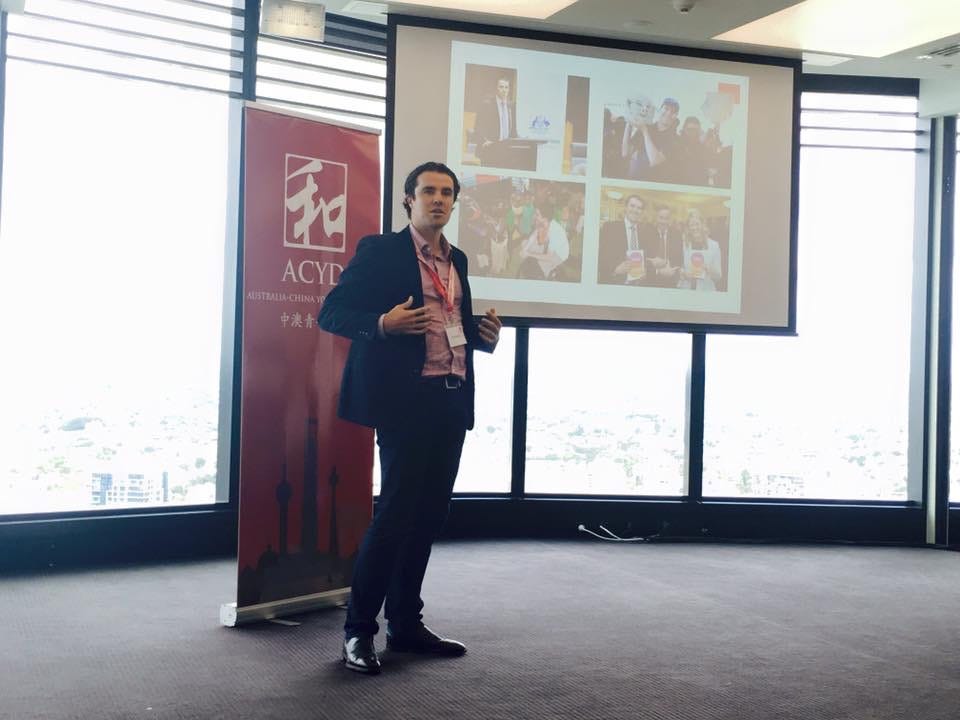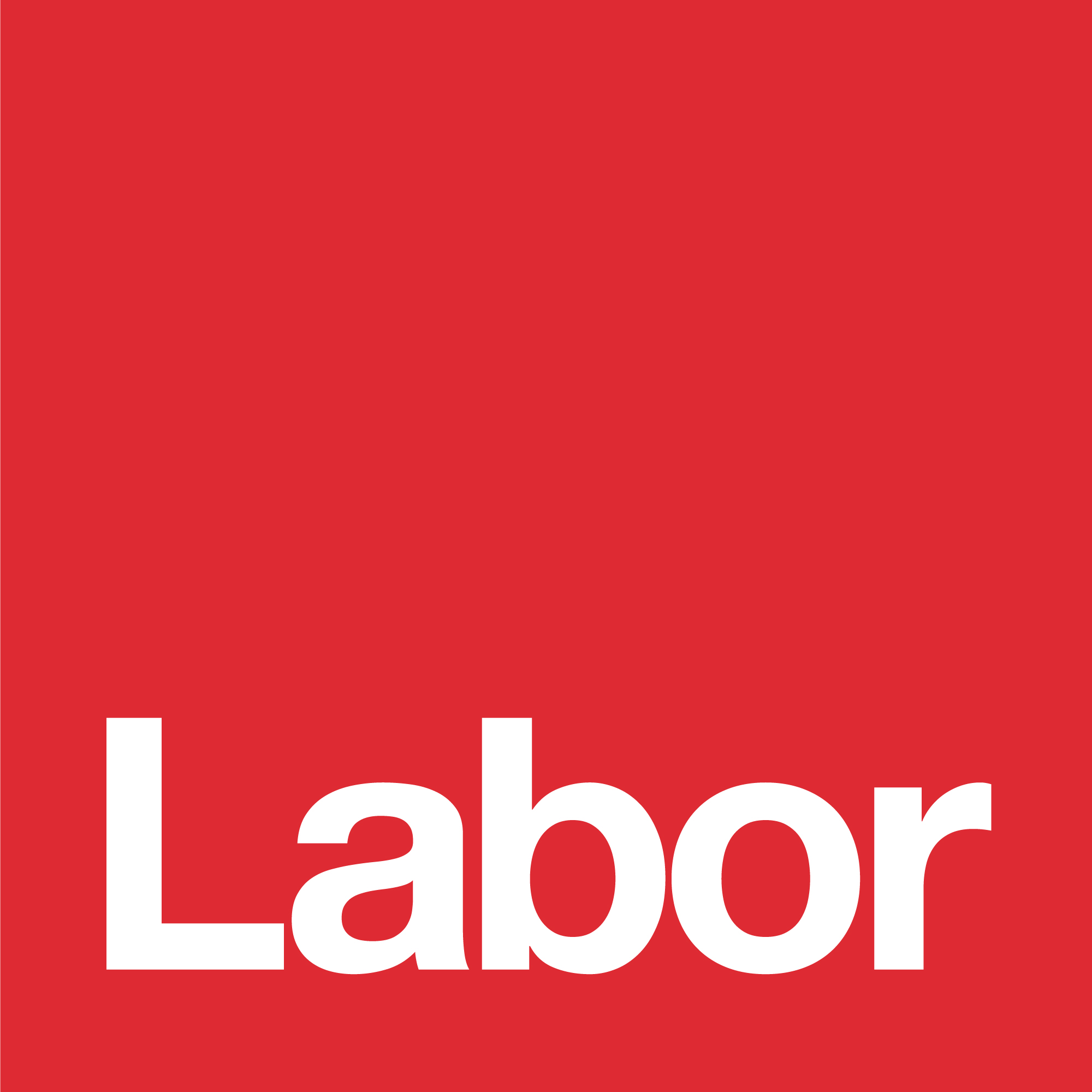In his autobiography, ‘Comrade Ambassador’, Australia’s first Ambassador to People’s Republic of China, Dr Stephen FitzGerald, recounted that upon completion of his Chinese language training at the ANU in 1961, he did not have ‘a single Chinese acquaintance outside the university.’ Australia was a very different place fifty years ago, but FitzGerald’s frustration with the lack of natural dialogue between Australians and Chinese endured through the coming decades.
Indeed, nearly 40 years after the reestablishment of diplomatic relations and with China then Australia’s largest trading partner, FitzGerald still lamented the absence of basic ‘track two’ dialogues between Australia and China; non-official, civil society dialogues like those we have long had with the United States. He rightly observed that “The task of maintaining and building the most effective relationship is a multi-dimensional, multi-mind task”. In Fitzgerald’s view, Australia’s lack of engagement with China beyond mercantilist exchange left us to make diplomatic and policy decisions in dangerously shallow water. As a result, we’d often find ourselves unexpectedly running aground.
In response, a group of Australians and Chinese who are passionate about the relationship between their nations established the Australia-China Youth Dialogue. For the past six years, the ACYD has brought together 30 talented and diverse delegates from both nations to discuss issues relevant to the relationship and to develop enduring personal relationships. Over time, the ACYD is building an invaluable network of young alumni across business, academic, political, scientific and cultural sectors in both nations. Some are already moving into positions of influence in their chosen fields and will continue to pay dividends for the Australia-China relationship for some time.
ACYD 2016 is about to commence in Hong Kong and Shenzen with a new batch of delegates. Last year, I took part in ACYD 2015, whichconvened at a time when both the challenges and the opportunities of the Australia-China relationship were even more visible than usual. A tense year in the South China Sea had brought greater urgency to the geostrategic questions posed by China’s rise and the recent ratification of the China-Australia Free Trade Agreement has re-energised political attention on the economic potential of the relationship. However, as is often the case in track two dialogues of this kind, big picture strategy and policy issues generally gave way to more practical matters among delegates.

ACYD Delegates 2016
In this way the dialogue was dominated by practical questions like how Chinese society is coping with an aging population the role Australian architects and designers could play in assisting with the challenge. Whether Australia’s tourism infrastructure can cope with the surging volume of newly-mobile travelers from the rapidly expanding Chinese middle class. How a new business could maintain a brand as a ‘clean and green’ Australian supplier in China in the face of counterfeiting competitors. And important cultural questions like which Mandopop track to pick on the Karaoke machine and how to become a contestant on Fēi Chéng Wù Rǎo.
If the Australia-China relationship is to prosper, economically or strategically, over the coming decades, we will need many thousands of Australians to deepen their understanding of China by grappling with these practical, human-level questions with their Chinese peers in this way.
On the economic front, while the CHAFTA has reduced many formal barriers to trade between China and Australia, China’s transition to a services based economy will highlight other obstacles. To date Australia’s economic success in China has been heavily dominated by trade in commodities. Expanding Australian exports of services, particularly professional services like legal, financial and healthcare services, will require much high levels of cultural sophistication within a much larger number of Australian businesses. Australians will need to become increasingly adept at scaling ‘behind the border’ barriers to trade in goods and services. They will need to learn how to engage with Chinese regulators and government officials. They will need to develop the language and cultural understanding necessary to build long-term relationships of trust with Chinese clients. The complexity of these challenges, and the extent of the experience and expertise needed to overcome it, was clear from the experiences shared by ACYD 2015 delegates.

In the strategic space, we won’t be able to make the right big picture policy calls unless there is a broad understanding among government and political actors about the way our Chinese peers think. We need more Australians to learn about the things that matter to their Chinese peers; the intellectual frameworks they draw on, the historical lessons they reflect on and the narratives they employ. If we don’t understand this context, we’ll fail to properly understand Chinese actions and the way the Chinese could be expected to react to our own actions. This was why FitzGerald stressed that an effective Australia-China relationship was a ‘multi-dimensional, multi-mind task’.
Cross-cultural understanding cannot be left to diplomats alone. It’s a job for our artists, entrepreneurs, professionals and public servants. It’s a job for all of us.
Tim Watts is the Federal Labor Member for Gellibrand and a 2015 Delegate to the Australia-China Youth Dialogue.


